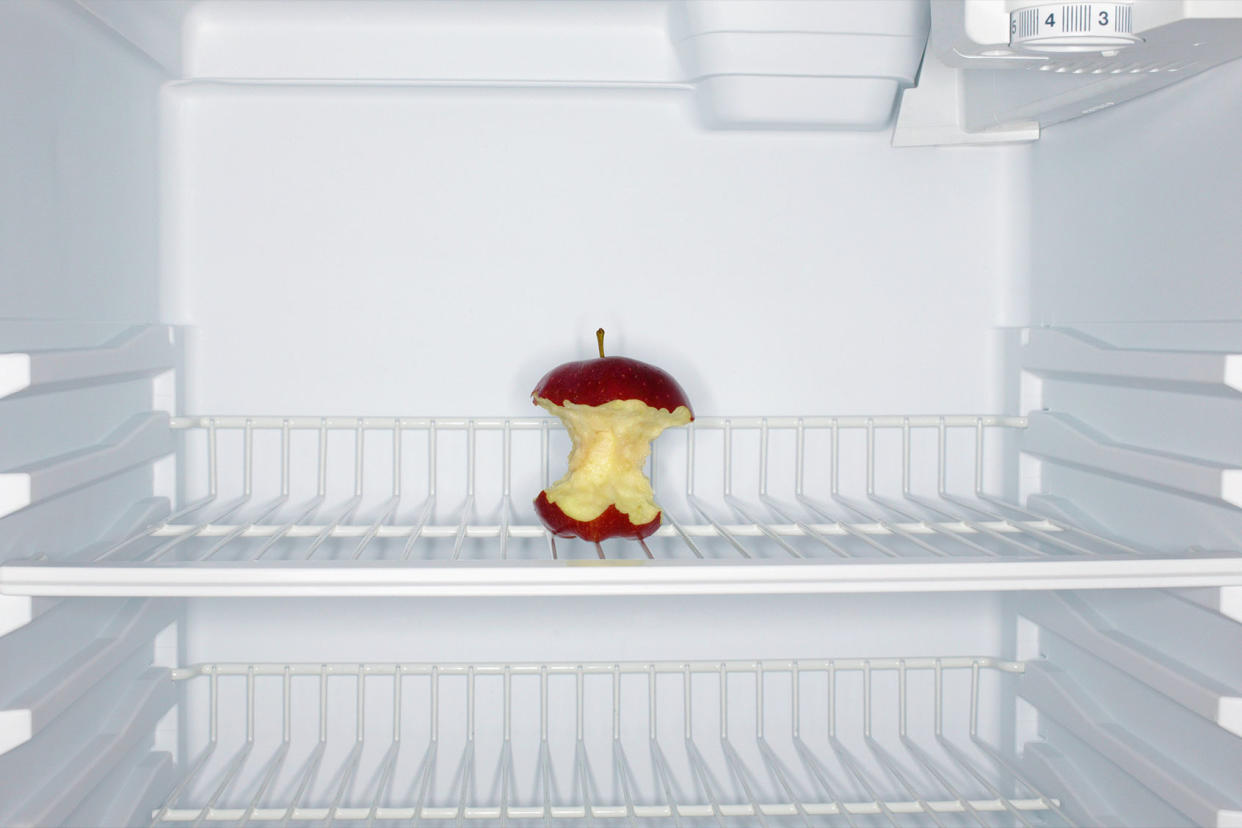As the American hunger crisis worsens, Republicans prepare to take a big bite out of SNAP

On Valentine’s Day, during a hearing of the House Agriculture Committee, Chairman Glenn “GT” Thompson, a Republican from Pennsylvania, proposed a funding framework for the Farm Bill that included a $30 billion cut in Supplemental Nutrition Assistance Program benefits over the next decade.
The proposal would limit future updates to the Thrifty Food Plan, which is used by the United States Department of Agriculture to set SNAP benefits; in the ensuing months, Thompson has argued it’s not a “real cut” because average benefits would still rise incrementally alongside food inflation, but food insecurity experts have pushed back on that assertion, both because the costs of what constitutes a healthy diet may rise in the next decade for reasons other than inflation, and because America is already in the midst of a worsening hunger crisis. However, the proposal has already gained significant support from Republican lawmakers.
“SNAP is our nation’s most effective tool for combating hunger and food insecurity,” Joseph Llobera, the director of research at the Center of Budget and Policy Priorities, said in late February. “We shouldn’t go backwards and allow SNAP benefits to become increasingly out of step with the cost of a healthy diet.”
The current farm bill — which was already extended once by President Biden, expires in September — and last Monday, after more than a year of hearing and listening sessions, Thompson released a title-by-title overview of his draft farm bill and scheduled a markup of the legislation for May 23rd, meaning that the pressure among food security advocates to address the situation is rapidly mounting.
According to a report released this month from the Urban Institute’s Poonam Gupta and Elaine Waxman, Thompson’s proposed cost neutrality approach to SNAP — in which the benefits would tick up or down in accordance with food inflation — erodes program participants’ purchasing power and ignores modern dietary guidelines.
That’s one of the reasons a provision was introduced to the bipartisan 2018 Farm Bill requiring the USDA to review the adequacy of the Thrifty Food Program every five years. As a result, the USDA released a mandated update to the program in 2021.
“Before the 2021 TFP update, the old TFP assumed an average family consisting of a man, woman, and two children predominantly purchased milk, potatoes, fruits, and rice, and spent roughly two hours a day preparing food from scratch, including tasks like hand-soaking dried beans,” Gupta and Waxman wrote. “All of these assumptions were proven to be grossly out of step with actual food preparation and consumption behaviors and are not grounded in the reality of everyday life.”
They continue: “The reality is, our interactions with our food environment are constantly evolving as people and food systems grow and adapt to climate change and other external factors. In response, dietary guidelines, consumption patterns, and preparation times will continue to shift.”
Another important result of the 2021 update to the TFP was an acknowledgement from the USDA that nearly nine out of 10 SNAP participants reported facing barriers to achieving a healthy diet, with the most common barrier being the cost of healthy foods; the reevaluation of the program, in turn, “concluded that the cost of a nutritious, practical, cost effective diet is 21% higher than the current Thrifty Food Plan,” which led to an increase in benefits. Simultaneously, the revised plan included more fish and red and orange vegetables to align with recommendations in the Dietary Guidelines for Americans, 2020-2025.
At the time, Agriculture Secretary Tom Vilsack praised the decision as a demonstration of the government’s investment in the nation’s health, economy and security.
“Ensuring low-income families have access to a healthy diet helps prevent disease, supports children in the classroom, reduces health care costs, and more,” Vilsack said. “And the additional money families will spend on groceries helps grow the food economy, creating thousands of new jobs along the way.”
The cost neutrality policy proposed in the new farm bill would undo the work of the TFP update. It would also come at a time when food insecurity in America is already on the rise. As Salon Food reported last year, just a few days before Thanksgiving, new data from the Census Bureau’s Household Pulse Survey showed that nearly 28 million people reported experiencing food scarcity in October — both the highest number of 2023 and the highest number recorded by the survey since December 2020.
In the ensuing months, as food inflation has remained a constant stress, many Americans have reported feeling major anxiety about being able to afford groceries. Some experts, including Gupta and Waxman, suggest spending cuts to SNAP couldn’t come at a more dangerous time.
“Cost neutrality essentially guarantees an inadequate SNAP benefit and ensures the country can make no meaningful progress toward nutrition security,” they wrote. “Instead, policymakers should aim to work in the best interest of families and allow benefit reevaluation to be guided by science and data.”

